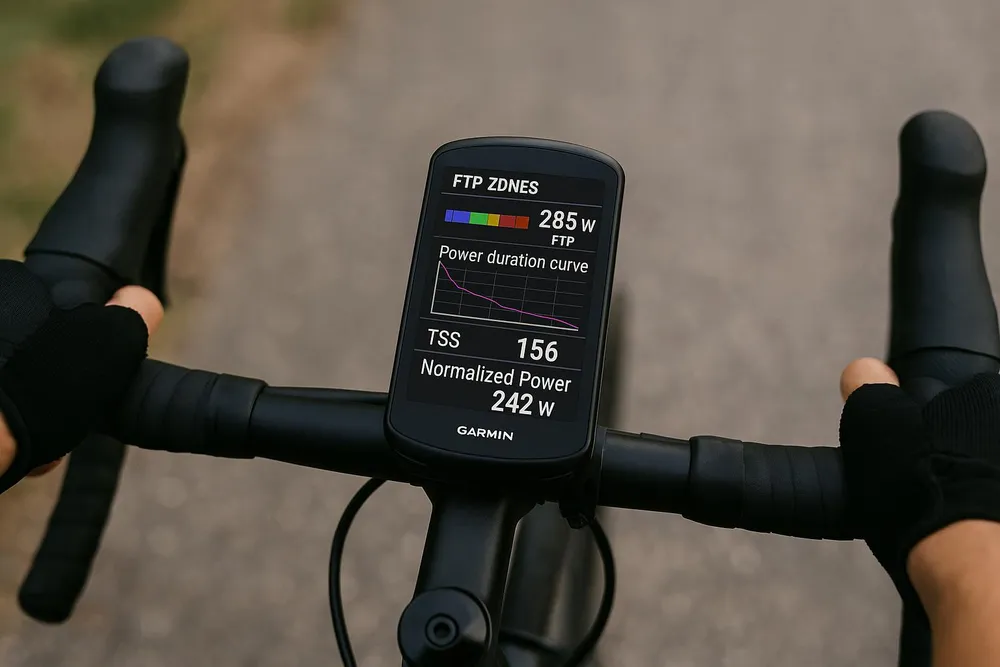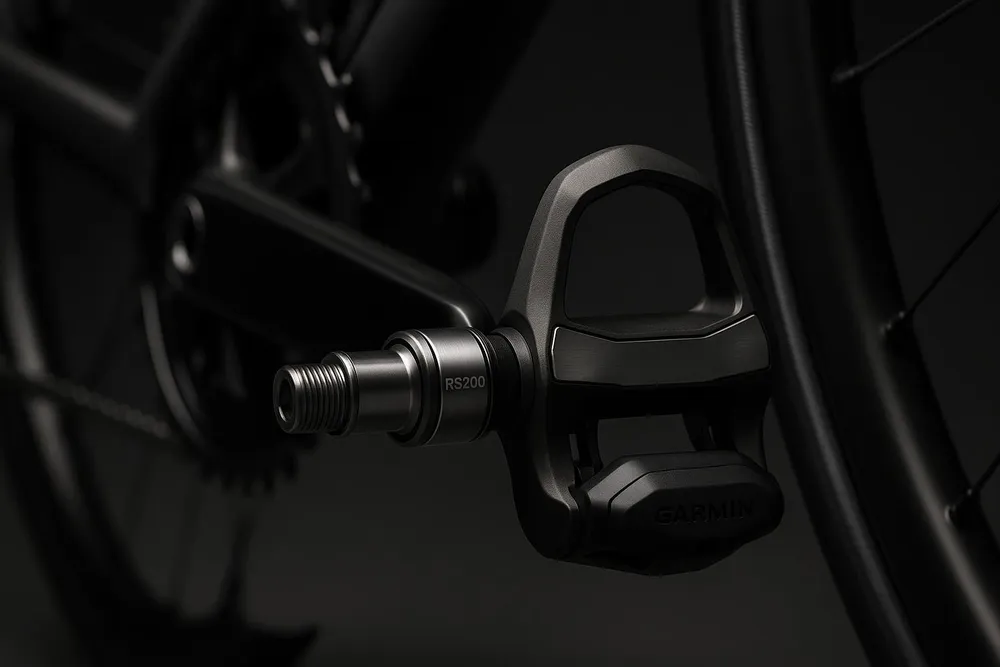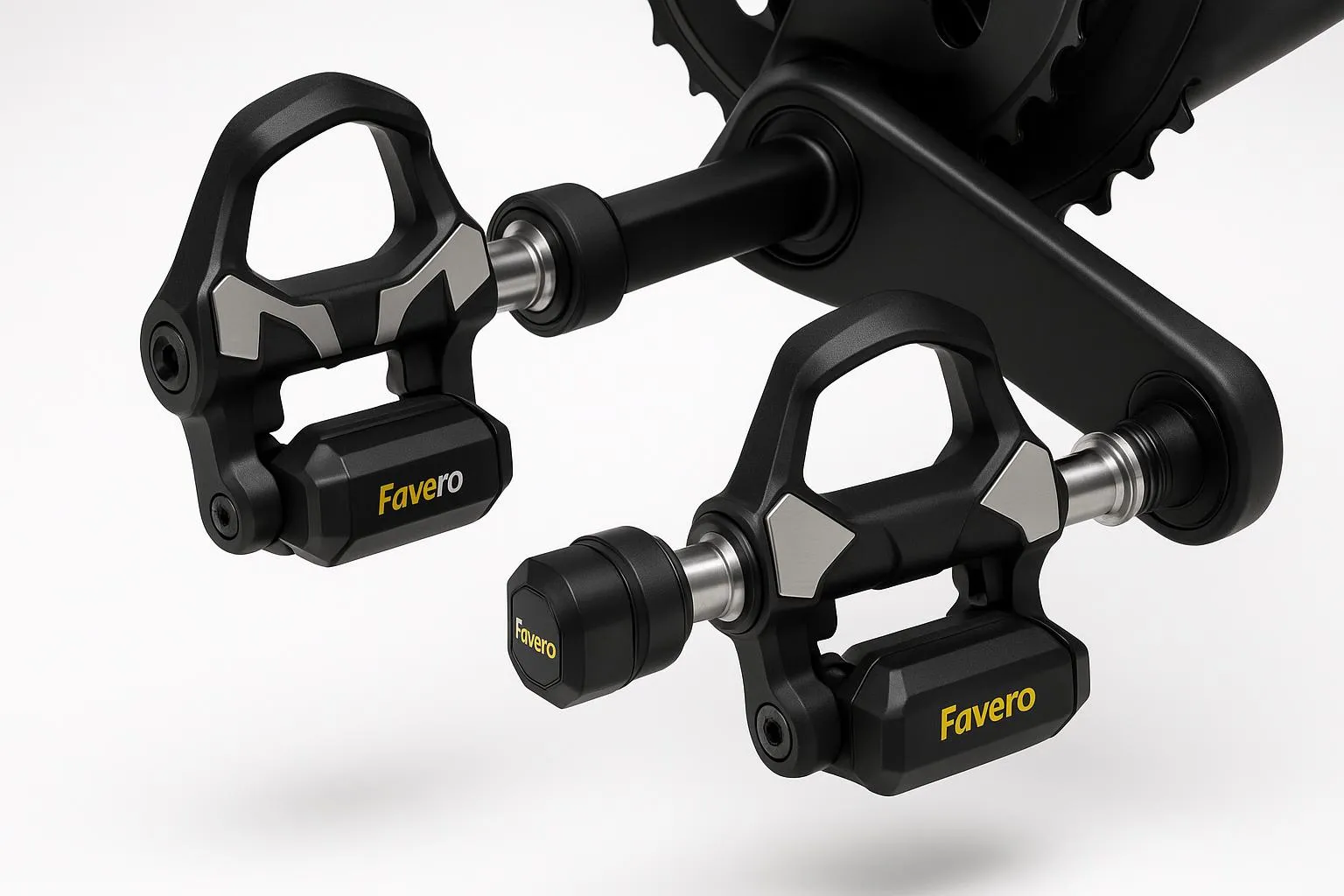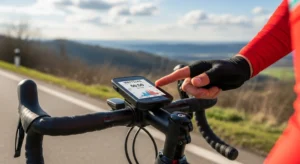For years, the power meter has been the gold standard for serious cyclists, a coveted tool that provides the most accurate measure of a rider’s performance. However, high prices and complex compatibility issues have often placed these devices just out of reach for many amateur and recreational riders. But in 2025, the power meter landscape is undergoing a dramatic transformation. A new wave of innovation has ushered in an era of affordable accuracy, making this once-exclusive technology more accessible than ever before.
This revolution is being driven by a combination of factors, including increased competition, advancements in sensor technology, and a growing demand from a wider range of cyclists. Brands like Favero, with their highly acclaimed Assioma pedals, have set a new benchmark for performance and value, while newcomers like Magene are pushing the price point even lower. This shift is not just about making power meters cheaper; it’s about making them better, more reliable, and easier to use for everyone.
The Rise of the Pedal-Based Power Meter
One of the most significant trends in the 2025 power meter market is the dominance of pedal-based systems. Unlike crank or spider-based systems, which can be complex to install and may have compatibility issues with certain bike frames or components, pedal-based power meters offer a simple, plug-and-play solution. They can be easily swapped between bikes, making them a versatile and cost-effective option for riders with multiple steeds.
The Favero Assioma DUO and the new Assioma PRO have become the go-to choice for many cyclists, thanks to their exceptional accuracy, reliability, and ease of use. These pedals have consistently received rave reviews from experts and amateurs alike, and they have become the benchmark against which all other pedal-based systems are measured. Garmin, another major player in the market, has also made significant strides with its Rally series of pedals, which offer a similar level of performance and versatility.

Accuracy and Reliability: The Holy Grail of Power Meters
At the heart of the power meter revolution is the relentless pursuit of accuracy and reliability. In the past, inconsistent data and frustrating calibration issues were common complaints among power meter users. However, the latest generation of devices has made significant strides in addressing these problems. Advancements in sensor technology and firmware have resulted in power meters that are more accurate, more consistent, and less susceptible to environmental factors like temperature changes.
One of the most notable improvements has been in the area of dual-sided power measurement. For years, accurately measuring the power output of both legs independently has been a challenge, particularly with Shimano’s asymmetrical crankarm design. However, brands like Stages have finally cracked the code with their Gen III sensors, which now provide reliable and accurate dual-sided power data on Shimano’s latest 12-speed cranksets.
The Democratization of Data: Training with Power for Everyone
The increased affordability and accessibility of power meters are having a profound impact on how cyclists of all levels approach their training. No longer is training with power the exclusive domain of professional athletes and elite coaches. With a power meter, any rider can gain valuable insights into their performance, track their progress over time, and train with a level of precision that was previously unimaginable.
Training with power allows you to quantify your effort in a way that heart rate or perceived exertion simply cannot. It provides an objective measure of your fitness, allowing you to set realistic goals, structure your workouts more effectively, and avoid overtraining. With the help of training platforms like TrainerRoad and TrainingPeaks, you can create personalized training plans based on your power data, and track your progress towards your goals.

The Future of Power Meters
The power meter revolution is far from over. As technology continues to advance and competition in the market intensifies, we can expect to see even more innovation in the years to come. We are already seeing the integration of power meters with other cycling technologies, such as smart trainers and GPS bike computers, creating a more connected and data-rich training experience.
Furthermore, the trend towards affordability is likely to continue, with new brands entering the market and established players looking for ways to make their products more accessible. This is great news for cyclists, as it means that the benefits of training with power will be available to an even wider audience.
In conclusion, 2025 is a landmark year for power meters. The combination of affordable accuracy, user-friendly design, and powerful training features has transformed these devices from a niche product for elite athletes into an essential tool for any cyclist who is serious about improving their performance. The power meter revolution is here, and it’s changing the way we ride, train, and understand our own potential.
For more insights on cycling and technology, explore our comprehensive guides on The Call of the Wild: The Rise of Bikepacking and Adventure Cycling, and Essential Bike Maintenance Tips Every Cyclist Should Know.
Explore additional resources on GPLama: Cycling Power Meters, Favero Electronics – Assioma Power Meter Pedals, Garmin Rally Power Meters, and TrainerRoad: Get Faster with Science-Based Training.




